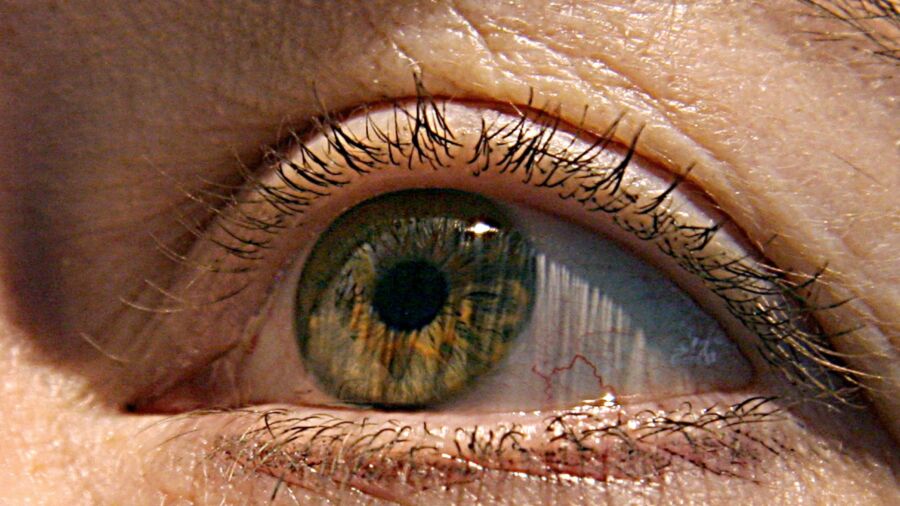A recently published study has shown that nearly 20 percent of dementia cases could be avoided or significantly improved through better eye health.
The study, which was conducted by researchers from the Johns Hopkins University School of Public Health, found that nearly one in five dementia cases could be associated with vision impairment. The study was subsequently published by the JAMA Network on Sept. 5.
The research, which was conducted throughout 2021, involved the study of data from just under 2,800 American adults aged 65 and above.
The data was based on participants undergoing cognitive exams, as well as additional tests for three types of visual impairment. These included near acuity, meaning the ability to see objects at close range, distance acuity, which refers to the ability to perceive smaller details further away, and contrast sensitivity. The latter refers to one’s ability to perceive sharp and clear outlines of very small objects.
Dementia affects over 5.5 million people aged 65 and above in the United States. It is generally described as the impaired ability to recall, think, or make decisions that affect everyday life, according to the Centers for Disease Control and Prevention (CDC).
The most common type of dementia is Alzheimer’s disease, with Hispanics and African Americans being among the most affected. The number of Alzheimer’s disease cases is predicted to rise to an estimated 14 million people in the next 35 years, according to the CDC.
The study revealed that the rate of dementia cases affected by at least one vision impairment was slightly higher among those participants aged 71–79, as well as women and non-Hispanic white people, in contrast to those who were 80 years and older, male, and non-Hispanic black. This finding aligns with previous research that showed a higher proportion of women affected by the disease.
Women are almost twice as likely to suffer from Alzheimer’s, according to previous studies. This, however, is primarily due to higher life expectancy in women.
The total contribution of late-life vision impairment to dementia may be substantial, the researchers said, adding that further research is needed in order to find strategies that could prevent new dementia cases in the future.
The researchers noted that “more than 90 percent of vision impairments are preventable or correctable.”
According to the research, the proportion of cases was different for all three types of vision impairment among the participants. While around 5 percent of dementia cases showed a connection to vision impairment related to distance acuity, approximately 10 percent showed a connection to near acuity, and 15 percent to contrast sensitivity.
The causes of dementia, as well as ways to prevent it, have been a primary topic of study for researchers over the years.
While those suffering from Alzheimer’s can get some relief from certain medicines that can improve quality of life, the methods are currently still limited and there is currently no known cure for the disease, according to the CDC.
Alzheimer’s disease is among the top 10 leading causes of death in the United States, and the sixth leading cause of death among U.S. adults, CDC data showed.
While it is possible for young people to be affected, the disease is most commonly found in the aging population, with a variety of factors being possible contributors to the disease.

